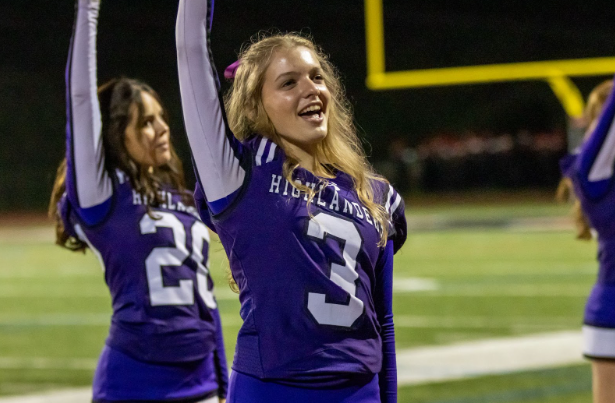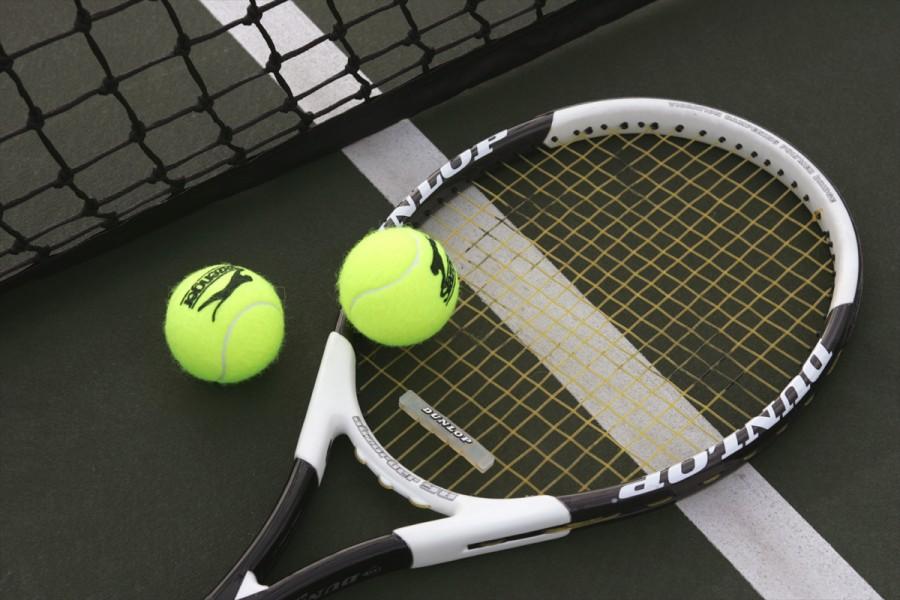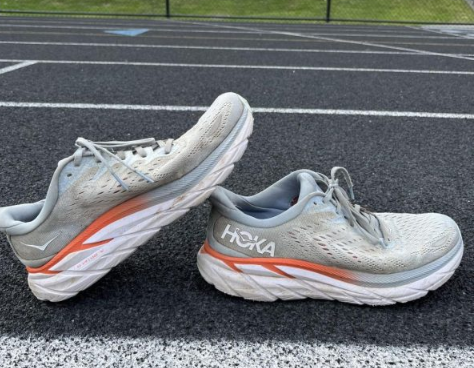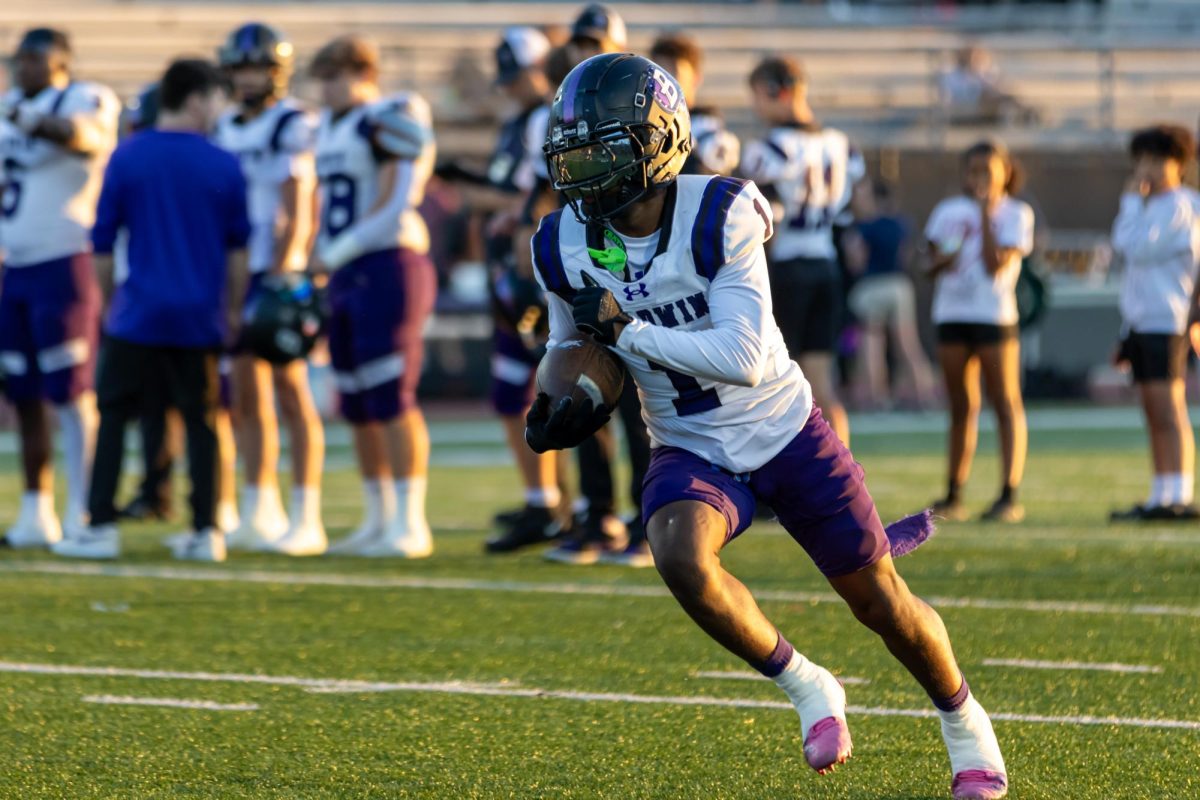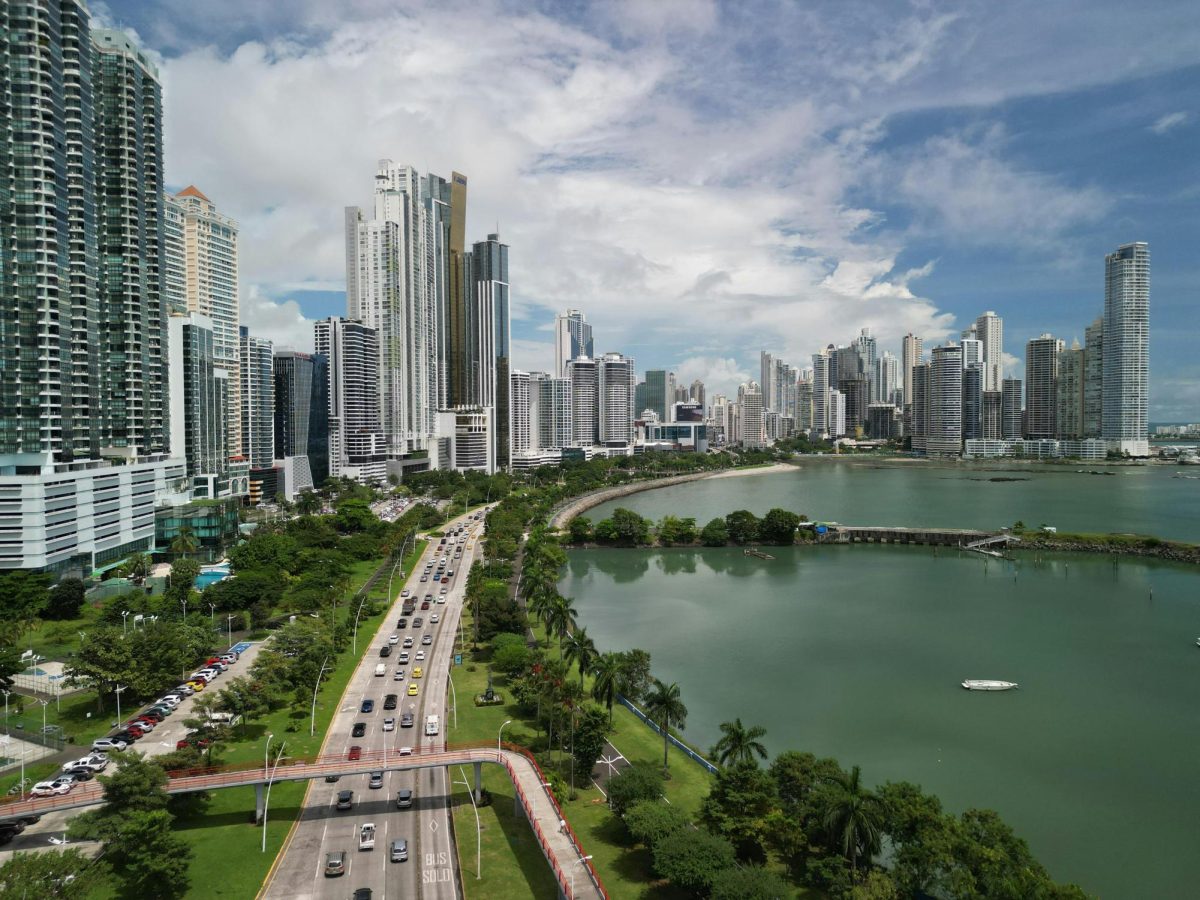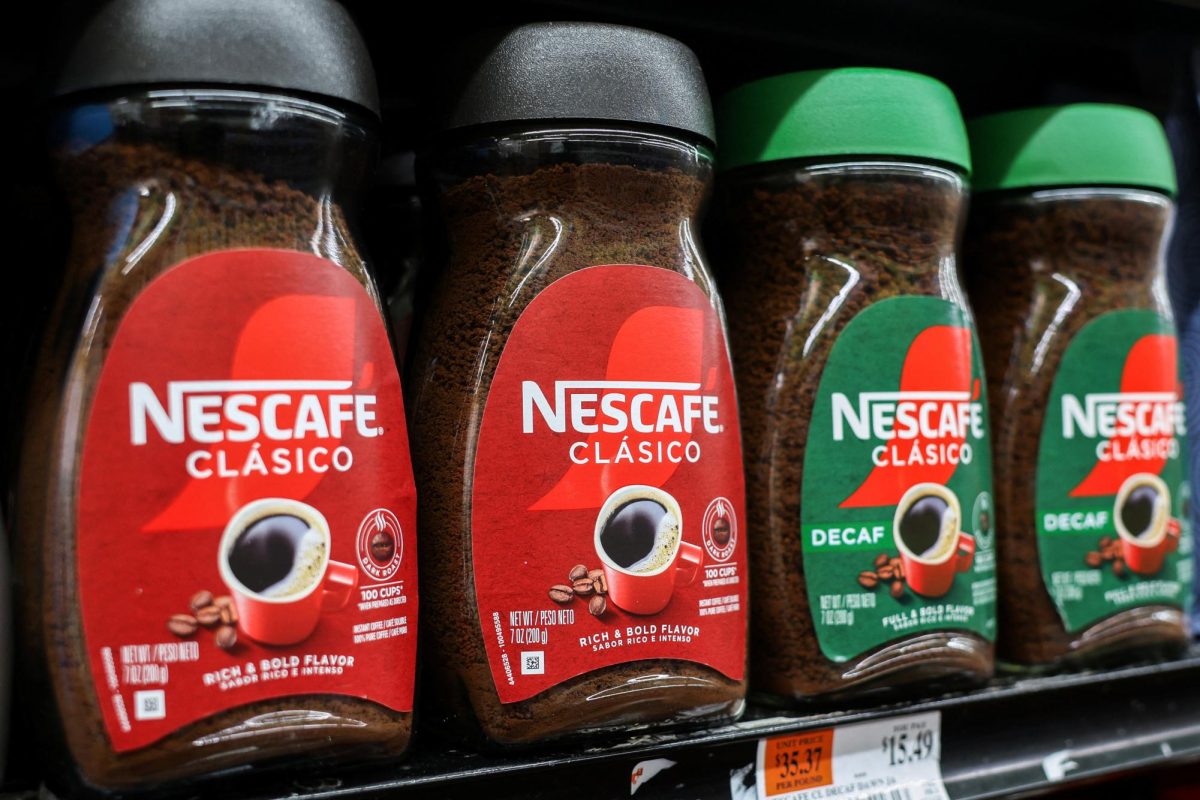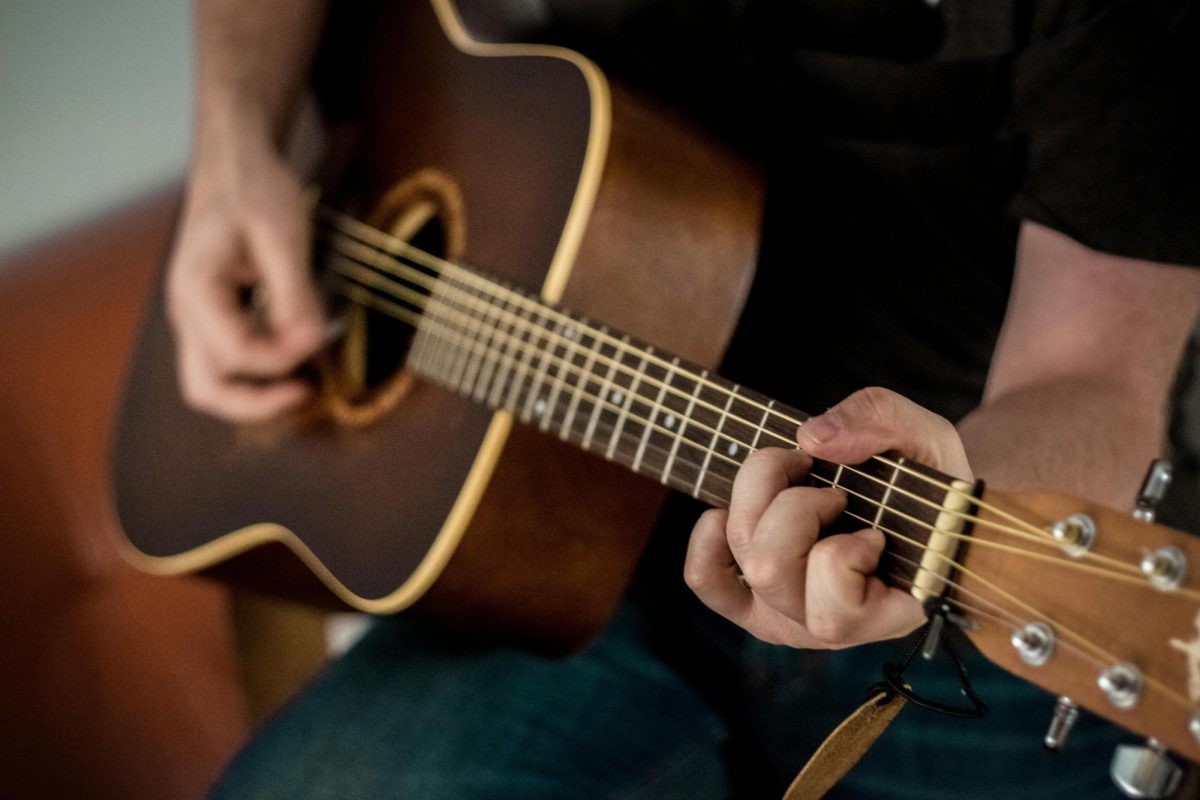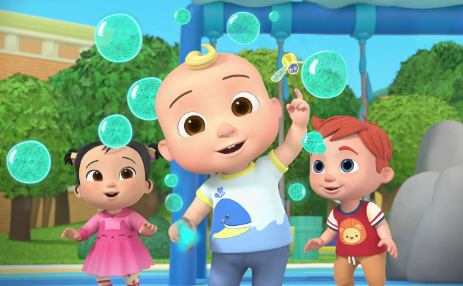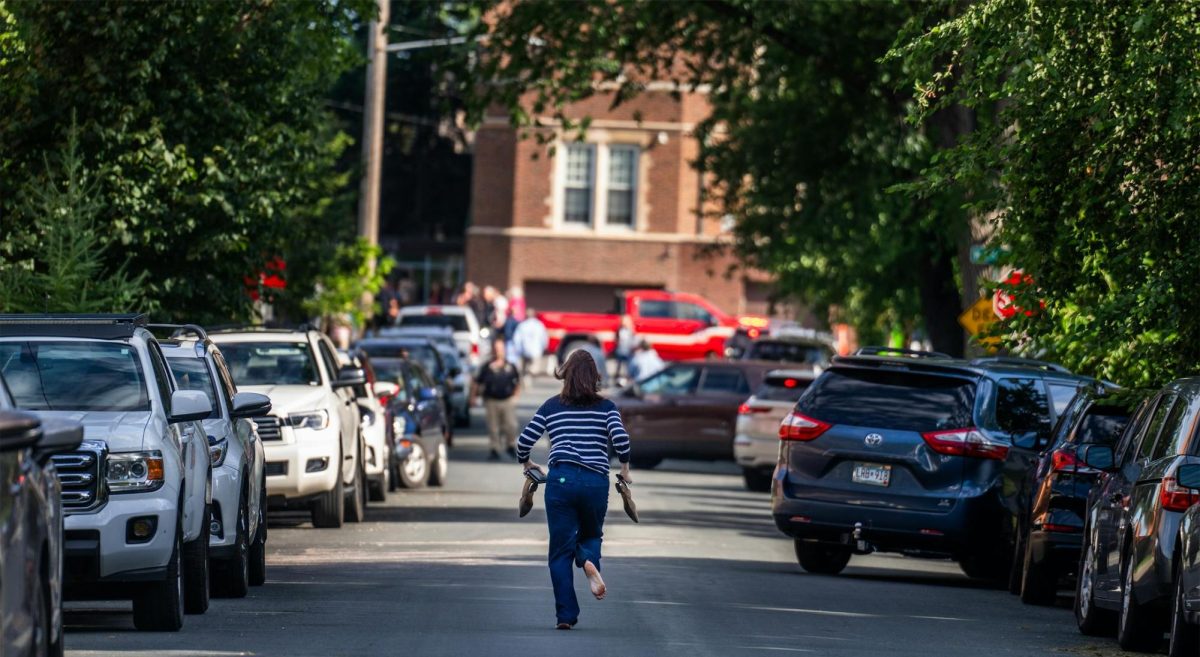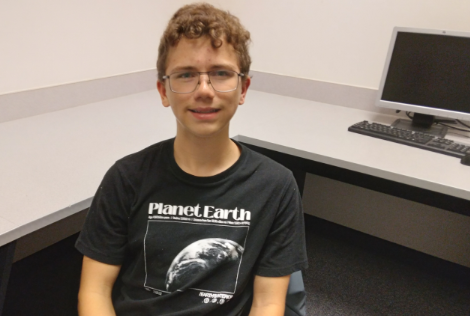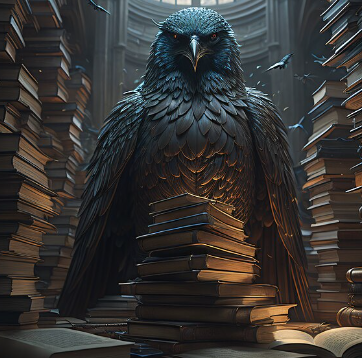
“Art” created by artificial intelligence lacks the humanity and imagination of man-made art, so it should not be considered art.
The Oxford dictionary defines art as “the expression or application of human creative skill and imagination, typically in a visual form such as painting or sculpture, producing works to be appreciated primarily for their beauty or emotional power.”
AI generated “art” does not meet this definition. The AI does not use any creativity to create its work; instead, it shamelessly copies the work of real artists.
AI programs are trained by stealing the work of artists on websites such as Deviantart and Getty Images. The process is called “scraping,” and it leads to millions of images being taken without permission.
Bulgarian artist Alexander Nanitchkov spoke out against the practice last winter.
“Current AI ‘art’ is created on the backs of hundreds of thousands of artists and photographers who made billions of images and spend time, love and dedication to have their work soullessly stolen and used by selfish people for profit without the slightest concept of ethics,” Nanitchkov said.
The majority of artists are against AI “learning” from their work. The AI does not actually learn – it merely copies the works of real artists and passes them off as its own. If plagiarism done by people is illegal, why is it allowed on the unprecedented scale currently carried out by machine learning.
Many of the companies that own these AI programs claim that they are only taking inspiration from real artists. But is exactly copying parts of other works inspiration?
No AI is stealing from artists for profit. Artists cannot choose whether or not an AI can take their artwork. Artists are, however, finding ways to fight against AI art, such as invisible watermarks and using technology to send scrapers different images than the ones they want.
If art is to continue being art in the future, there must be more regulation on AI learning.



